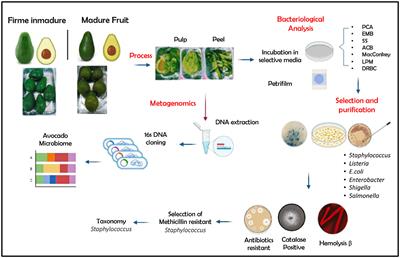EDITORIAL
Published on 19 Nov 2024
Editorial: Microbial food safety in retail stores and restaurants
doi 10.3389/fmicb.2024.1518203
- 392 views
4,055
Total downloads
19k
Total views and downloads
You will be redirected to our submission process.
EDITORIAL
Published on 19 Nov 2024
ORIGINAL RESEARCH
Published on 14 Aug 2024

ORIGINAL RESEARCH
Published on 10 Jul 2024
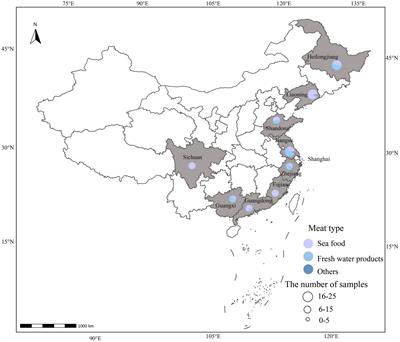
ORIGINAL RESEARCH
Published on 01 May 2024
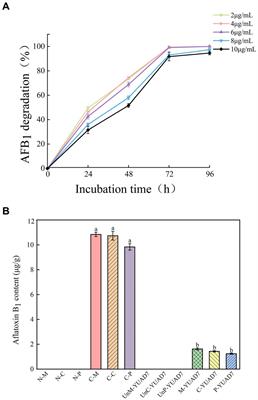
ORIGINAL RESEARCH
Published on 07 Mar 2024
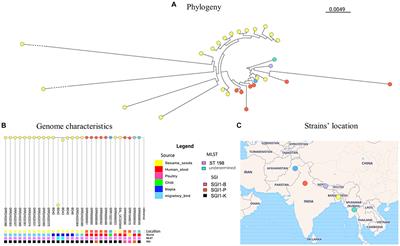
ORIGINAL RESEARCH
Published on 29 Jan 2024

ORIGINAL RESEARCH
Published on 04 Jan 2024
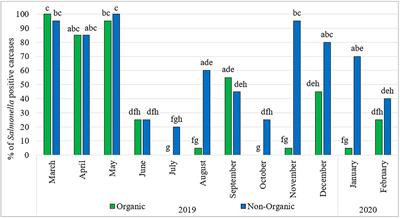
ORIGINAL RESEARCH
Published on 07 Sep 2023
